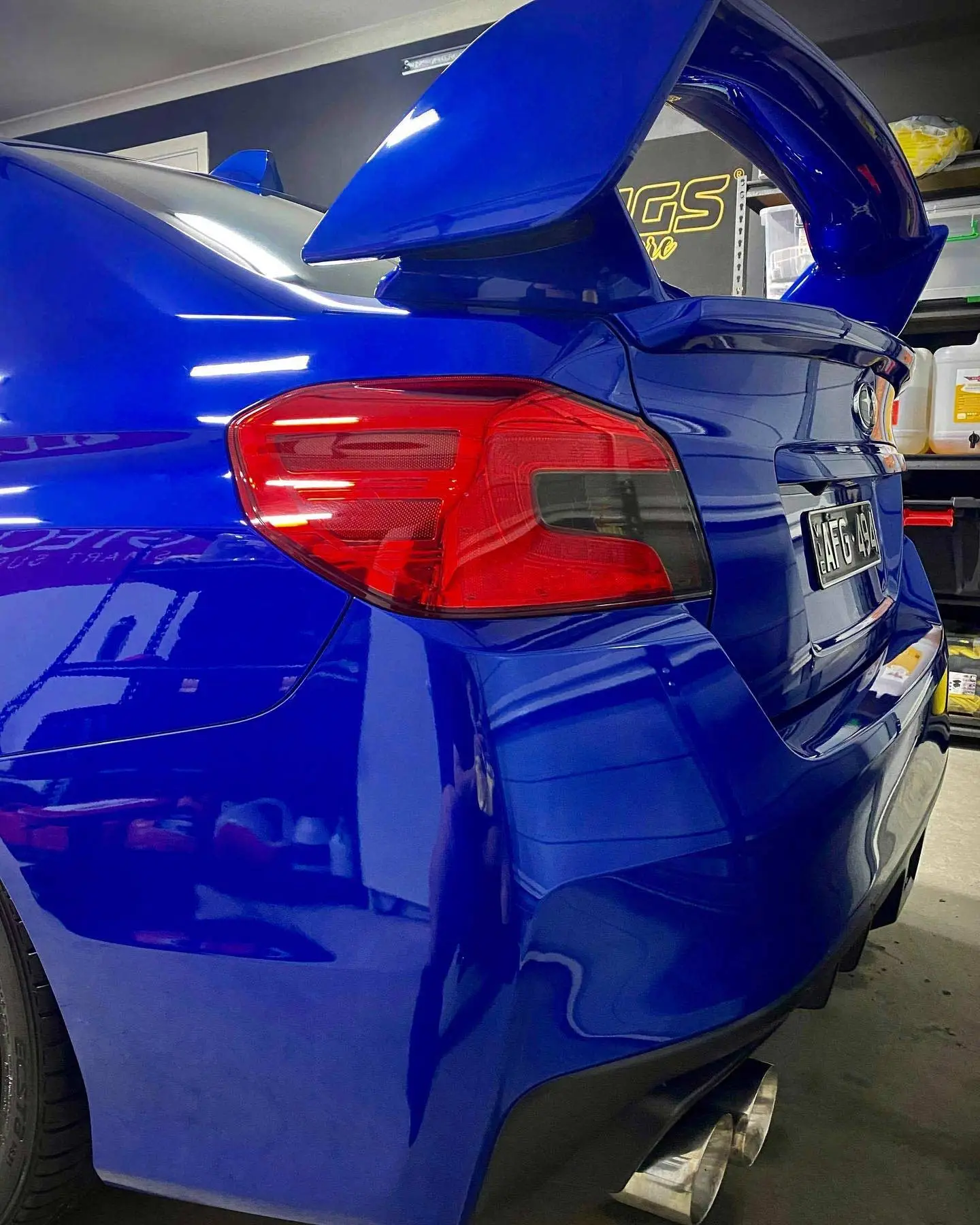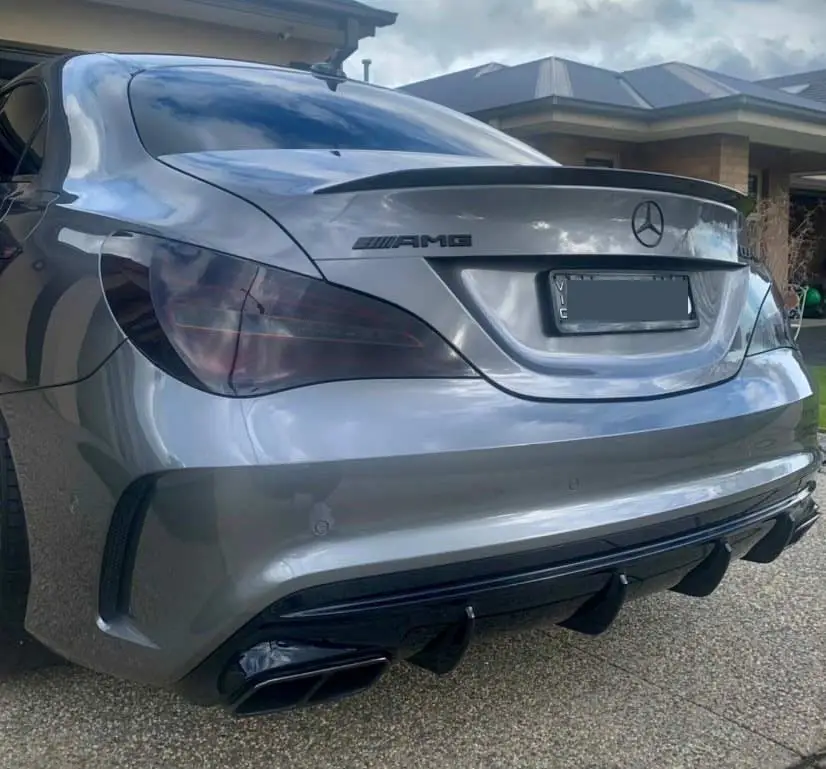Is a Ceramic Coating Necessary?
You may have heard many detailers rave on about ceramic coatings, but what makes them special? A vehicle’s clear coat is extremely thin and it does have some UV inhibitors to prevent the paint from fading and oxidising over time.
However, over the years with a daily driven car that is exposed to the elements the clear coat will eventually begin to diminish, losing the UV Inhibitors that are in the top part of the clear coat, leading to fading and oxidisation.
So to prevent this from occurring, a ceramic coating acts as a hard, long term, protective layer on top of the clear coat, preventing damage from the sun’s UV rays, tar, weathering, industrial fall out bird droppings and tree sap. Continuous re waxing or applying a sealant can act as an alternative to ceramic coatings, ceramic coatings offer superior durability. A sealant or wax flexes and reacts to the external conditions such as UV rays, causing deterioration, whereas a ceramic coating reacts in a similar way that a piece of glass would if left outside exposed to the elements. It does not shift, deteriorate or flex, instead it remains hard and stable. Also, when importing a car from Japan a fresh ceramic coat will have it looking better than getting it from a dealer!
Why Consult a Professional Detailer?
It’s common for people to be shocked by the upfront costs of a ceramic coating. However, what you’re paying for is the hours and hours of tedious preparation to ensure the coating bonds correctly to the surface of the paint.
It’s true, just about anyone can theoretically apply a ceramic coating. However, it’s the correct washing, decontamination, safe drying, proper polishing techniques and stages, ensuring no polishing oils are left behind, vast knowledge of different paint systems and how they react differently to others and the correct pad and polish combinations that work well for each individual vehicle. All these steps and much more end up accumulating for hours and hours of work.
That’s where a professional detailer is an absolute must, if these steps are not performed accordingly with precision and care, the coating will not last as long as it should nor perform to its full potential.
Whilst an entry-level coating may be basic and easy to apply when directions are followed, professional more premium coatings would require an accredited detailer due to the nuanced and sensitive procedure it can be. Essentially, what you’re paying for is intense care and an unmatched level of pickiness.
Washing A Ceramic Coated Vehicle
It’s a common misconception that after getting a professional installed ceramic coating, consistent washing is no longer necessary. Quite the opposite is true. Although re-waxing or continuous application of sealants is no longer necessary, consistent washes are a must to ensure the longevity of the coating.
To some, it may be disappointing to hear that consistent washing is still necessary, however, the ease of maintenance is major and the stages involved when washing becomes almost effortless. These factors should not be overlooked. Whilst a maintenance topper can be helpful, it is not a must if the principle of consistent washing is followed.
Regardless of the claimed durability of coatings, whether that be 2 or 5 years, if daily driven doing thousands of kilometres a year, left under a tree for a prolonged period of time, being exposed to bird dropping, dust, fallout, film, tree sap and much more, the coating will not perform or last as long as expected. A consistent wash schedule is a must to ensure the variables listed above don’t compromise the coating.
Our honest recommendation of how often a coated vehicle should be washed is once every week or every other week. However, it can be dependent on how often and where the car is driven.
Furthermore, many coating developers require a decontamination wash every 6-12 months to maintain the coating. This is because, eventually, if driven often, traffic film, contamination, iron and tar may start to build up, impacting the performance of the coating. Whilst it may seem as though the coating is beginning to diminish due to the lack of water beading; it may be due to the build of film and contaminants over time. After a decontamination wash (with the use of a clay bar and iron remover) the water behaviour should be restored.
When washing a ceramic coated vehicle, the general detailing washing principles should be followed
- Two bucket method
- Utilisation of a microfibre or wool wash mitt and microfibre drying towel
- Ph Neutral products
- Washing the top of the vehicle first, followed by the middle sections and finally the bottom areas
See one of our recommended brands, TD Details for more information on ceramic coatings and whether they’re suitable for your vehicle.



